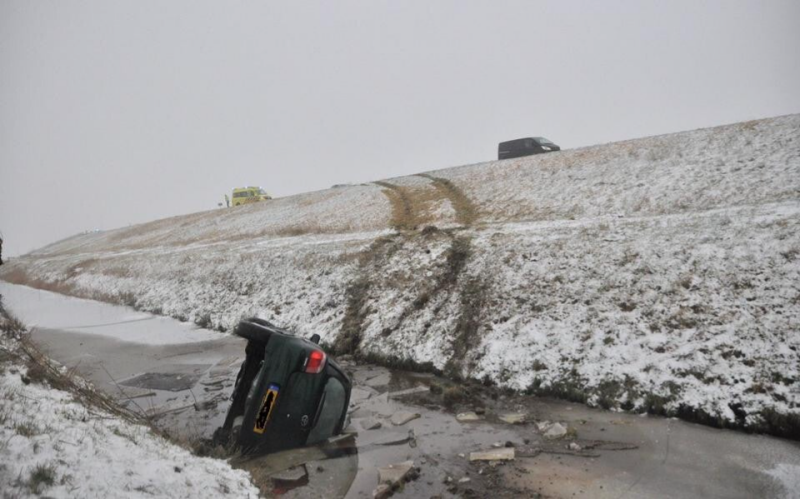The Evolution of Perceptions

From Distractions to Smartphones
Our thinking and language are influenced by our experiences and social interactions. This relationship between cognition and communication reflects broader changes in our society and culture. Consider traffic accidents. In the past, common attributions for these accidents included distractions from outside objects, conversations with passengers, and a lack of concentration. These factors were the primary culprits in the eyes of the public and authorities alike.
Today's narrative has shifted significantly. The advent and ubiquitous presence of smartphones have transformed our daily lives in countless positive ways, but they've also introduced new challenges and hazards. Nowadays, when a traffic accident occurs, the public often points to the use of smartphones by the driver as the primary cause. Assigning blame happens in a reflex.
Of course, our social interactions and communication habits changed with the advent of smartphones, and it makes sense to mitigate the risks associated with smartphone use while driving. But it plays such a big role in the public awareness in shaping our understanding of road safety, that other possibilities or probabiliies are quickly forgotten. Objects, like smartphones, do not passively leave an impression on the mind; rather, perception is an active process shaped by our sensory experiences. Our thoughts involve the synthesis and analysis of elements from our perception and memory. Our thoughts about ‘root causes’ are fixed; we hold onto these as mental possessions.
People's opinions are deeply connected to their inner nature, which includes their will, their desires, their hope and their fears. The Latin word opinio is derived from optare (to wish); it suggests expectation and hope. People often believe what they wish to be true, and their hopes shape their views on the future. Of course, fear can also shape opinions, which leads to pessimistic views. For instance, younger people might have a more hopeful outlook on the integration of technology in daily life, while older generations might express more caution and concern.
It’s important to consider the language we use when discussing these issues. Terms like distraction now contain new forms of inattention brought about by digital devices. Our language adapts to new realities and helps us frame our understanding of emerging challenges.
The interdependencies of road traffic are huge. We might suddenly drive on a slippery road because it’s raining and temperature has dropped just below zero degrees Celcius (see the picture of an accident that happened next to our home). We might drive into a thick fog. Or we might not have the chance to react in time to unexpected behavior from others around us.
While my phone automatically switches to “Do Not Disturb” while connected to my car’s Bluetooth, that does not mean, that I will definitely have a safe trip. Before we had smartphones, we had our distractions too, and they did not disappear into thin air. While we can desperately make people ‘aware’ of the risks on the road, make sure we have our phone on “Do Not Disturb” while driving, and try to stay alert just in case, that still does not guarantee we will have a ‘safe trip’. Car manufacturers and road managers do learn lessons from accidents. But all this does not lead to perfect risk assessments and precautions.
In safety management we risk being dogmatic about ‘safe behaviour’, but being forgiving because of unexpected interdependencies and human fallibility is easily forgotten.
#RoadSafety #PublicAwareness #DrivingSafety